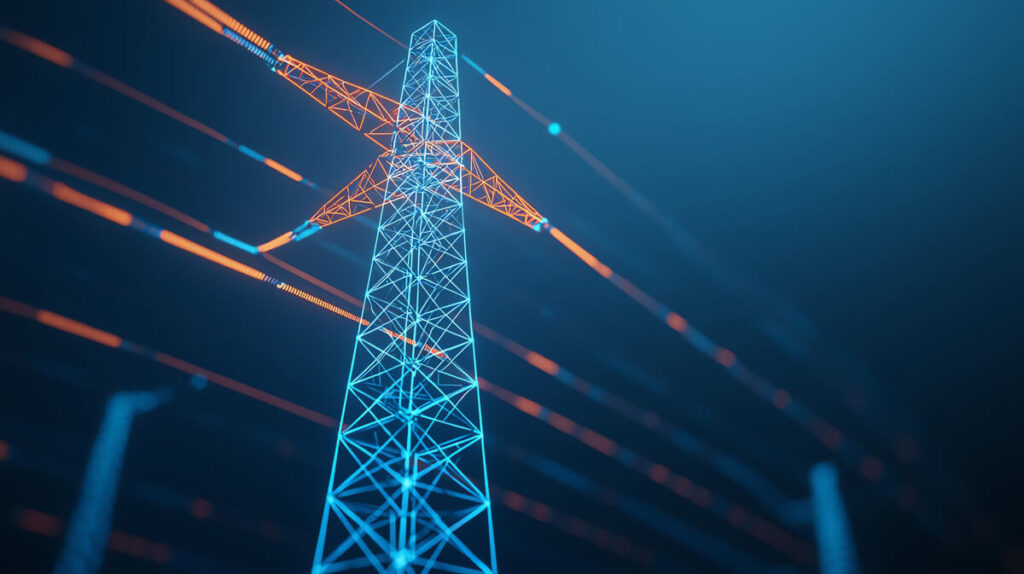The Utility Sector Customer Focus Challenge
At The Engine Room, a utility-sector service provider and performance consultancy firm, we observe and participate in developing trends across the industry. One of these trends is the creation of centralized customer connect groups, which have the responsibility of being the first point of contact with customers.
According to the J.D. Power 2016 Electric Utility Residential Customer Satisfaction Study, there have been measurable, annual improvements in customer satisfaction because of this focus. However, electric utilities struggle to match other industries in customer satisfaction. In the J.D. Power study, satisfaction is calculated on a 1,000-point scale, with electrical utilities averaging 680 points. In comparison, auto insurance companies averaged 811, retail banking scored 793, and airlines scored 726.
The reported benefits of centralized customer connect groups typically include lowering costs and making contact with the utility easier. Many in the utility sector reference what other industries do with their customer service processes by designing their own customer connect capability. However, we see that the type of interactions utilities have with their customers is quite different compared to other industries. Some customers are looking for complex connections, while others call with billing concerns. Then there are the ratepayer customers who don’t call at all, yet they have concerns about cost and system reliability.
Another difference between utilities and other businesses is the degree to which answering a customer’s question requires engaging with additional points of contact.

Consider that when a customer contacts an airline, the customer service representative (CSR) can often tell the customer whether a plane ticket is available, and then a credit card operation completes the transaction. In comparison, many of the customer interactions within utilities require input or data that the CSR does not have at hand, as it comes from others in design, engineering or billing groups.
In pragmatic terms for utilities, the effectiveness of the customer service processes and achieving a desirable level of customer satisfaction is more complex than merely adopting a centralized, customer connect structure.
We see that customer connect groups often evolve through three phases: The first and most straightforward phase is developing the functional team and leadership. The second phase involves integrating customer connect with the rest of the utility’s planning and scheduling process. The third phase involves strategies to reduce customer effort.
While there can be challenges getting a customer connect team up and running, we see that the more significant challenges, which can determine success or failure, are related to phases two and three, which we will explore further.
Integrating customer connect with planning and scheduling
Whether a utility adopts a centralized customer connect group or not, it does not change the reality that most customer requests for work must be planned and scheduled. This requires that they be prioritized amongst all the maintenance and capital work the utility is also attempting to complete. The creation of centralized customer connect creates another group, along with asset management, engineering, design, scheduling and operations, which needs to participate in planning and scheduling.
However, given that the planning, scheduling and execution process is so critical in utilities, it begs the question: Why is it often such a major source of frustration? The difficulties are not normally complex technical issues — utilities are good at those. We tend to see planning and scheduling difficulties are often people issues, and resolvable ones, at that.
While we acknowledge that every organization is different, we do see a “top four” of the most common, nontechnical problems that can affect a planning, scheduling and execution process:
1. Conflicting Objectives
When it comes to high-level strategic objectives, such as “safety first,” we tend to see alignment throughout the organization. However, when it comes to priorities in planning and scheduling, the devil is often in the details. Everyone, from crews to engineering professionals to executive leadership, has deeply held motivators that influence how they prioritize work. We often see:
- Disagreement on which customer’s project should be given priority, and how it ranks relative to other work;
- Disagreement about who gets to do the work and how to resolve crew capacity imbalances; and
- Angst around scheduling maintenance. It’s rarely sexy, expensive and can often be deferred. For how long?
2. Decision-making rights
Even if managers within the utility have their own views around priorities, planning and scheduling should still be relatively straightforward. Of course, that depends whether people are clear on who is e
Subscriber Access
Unlock Deeper Insights with The Engine Room
Join our community and gain exclusive access to our newsletter, full insights, thought leadership, and expert perspectives that shape our approach and principles. Dive deeper into the strategies that drive high-performing teams, leadership excellence, and operational success.
Sign up today to stay ahead with actionable knowledge designed to elevate your impact along with your organization and team.






